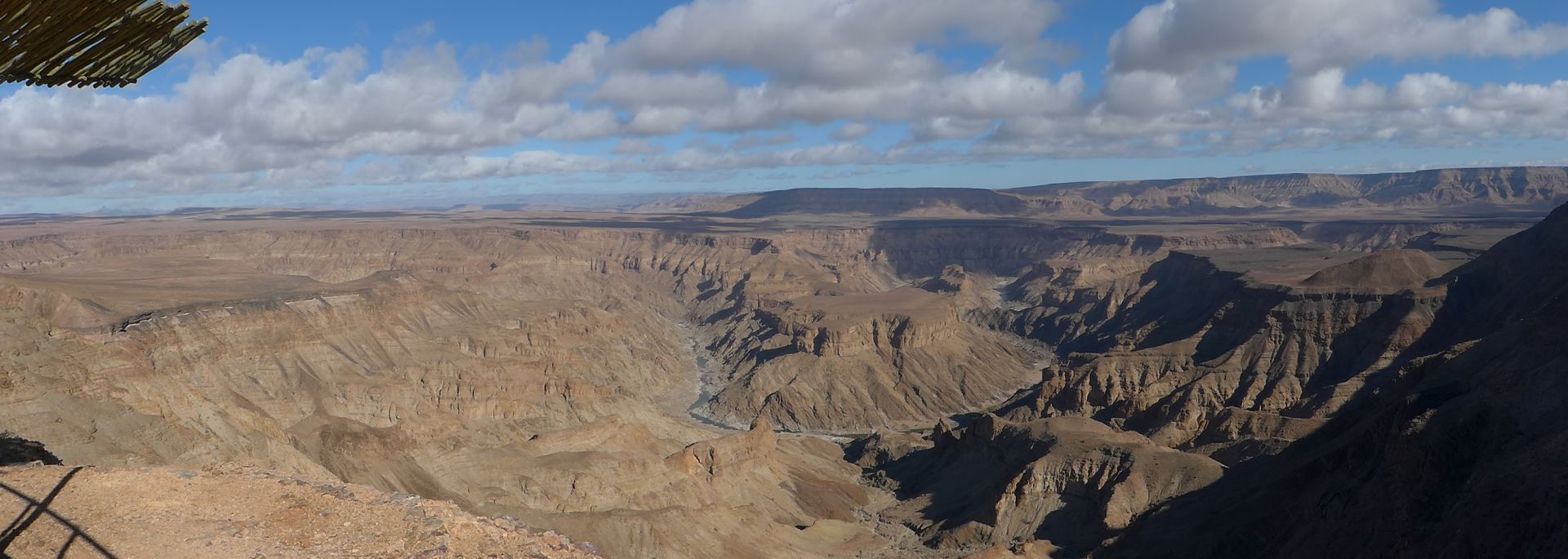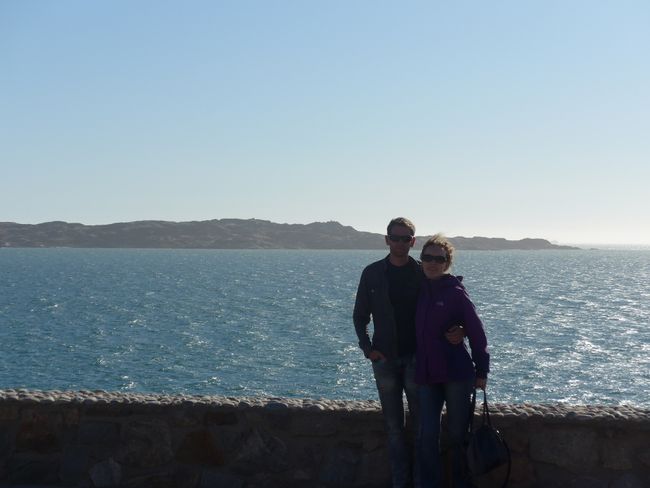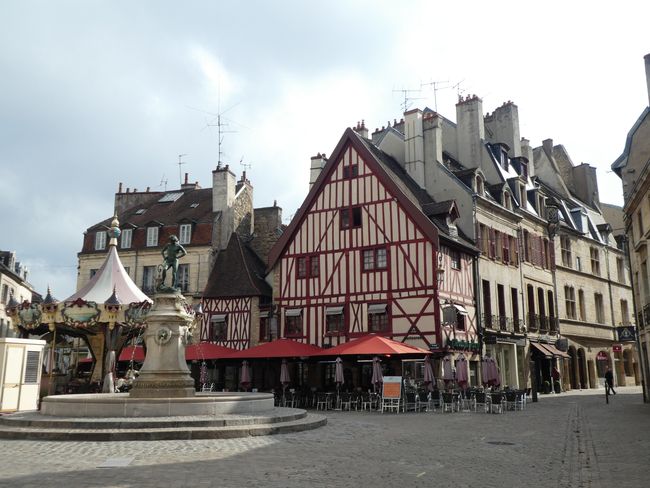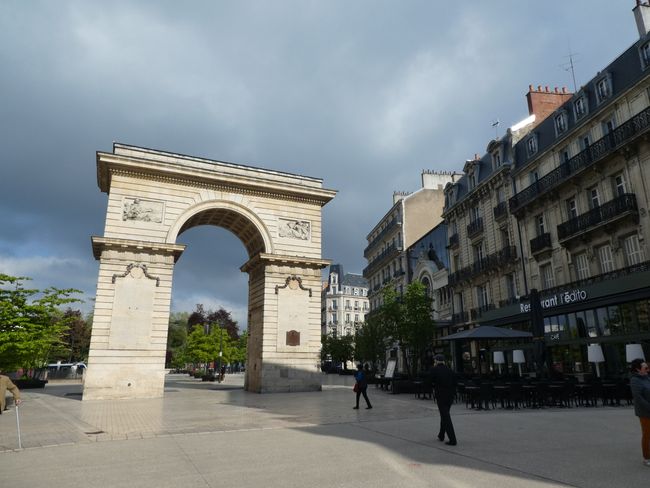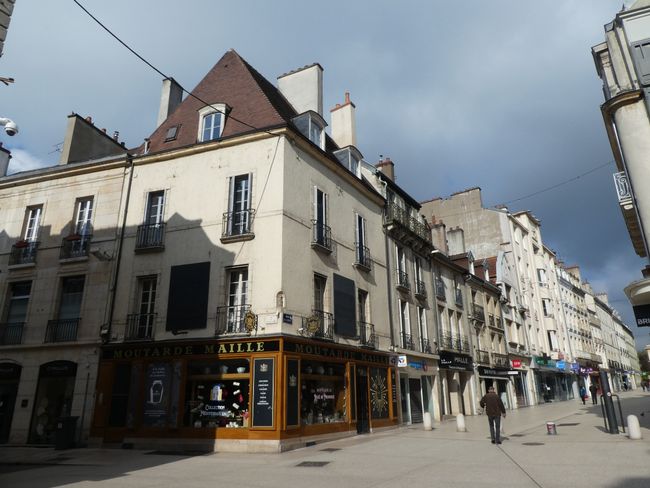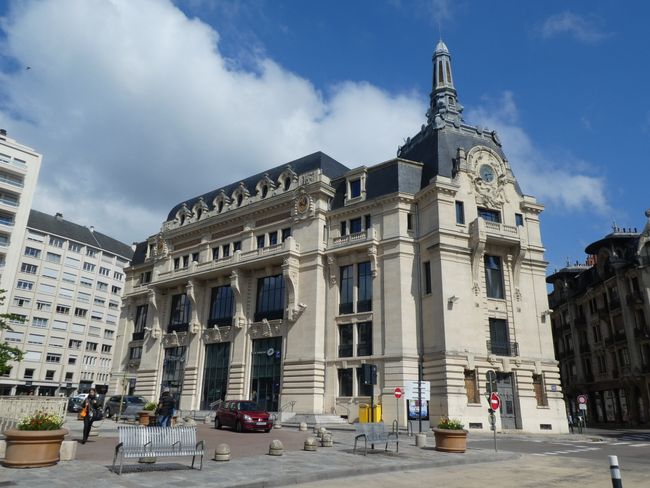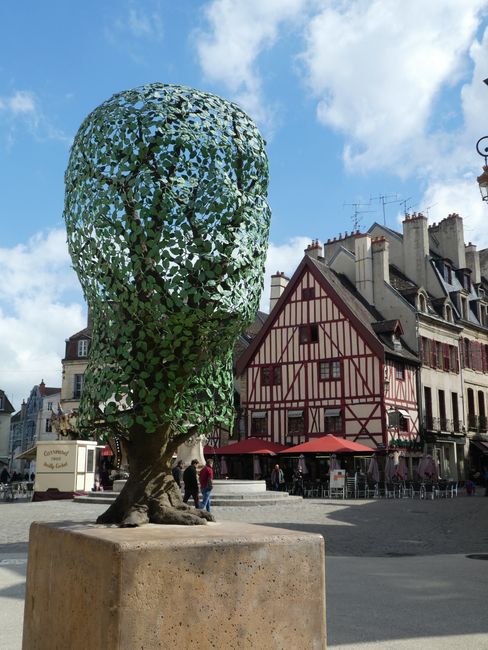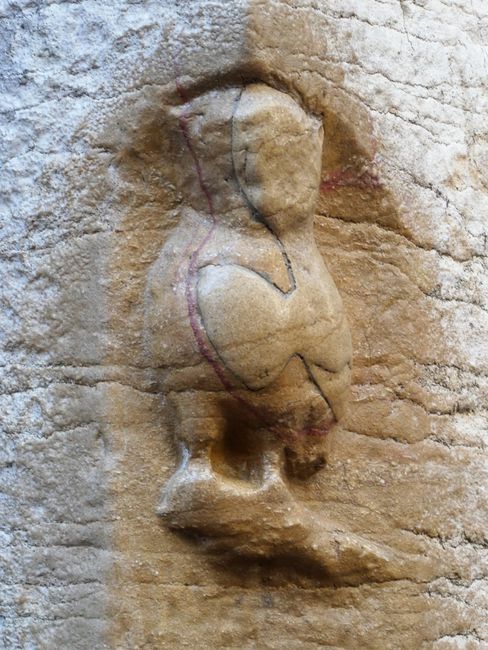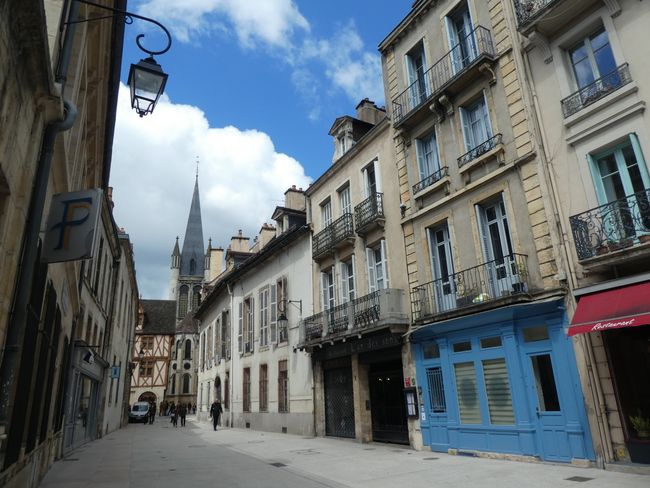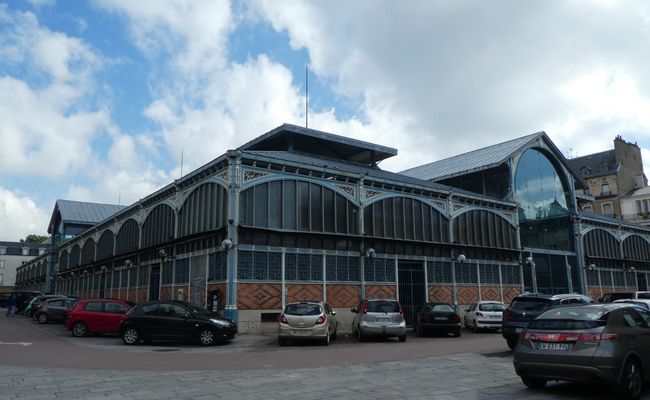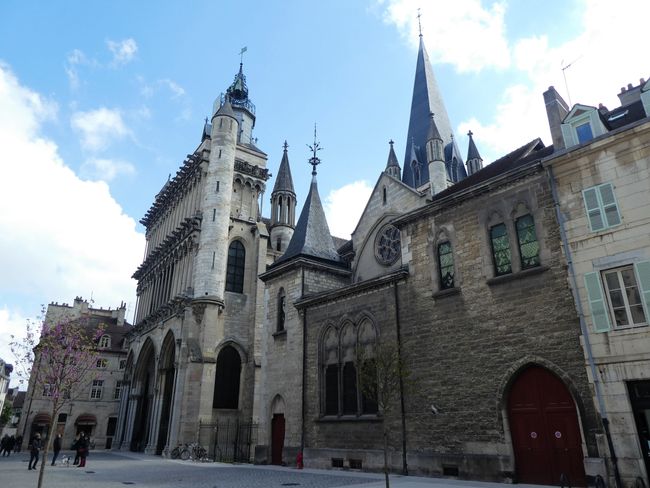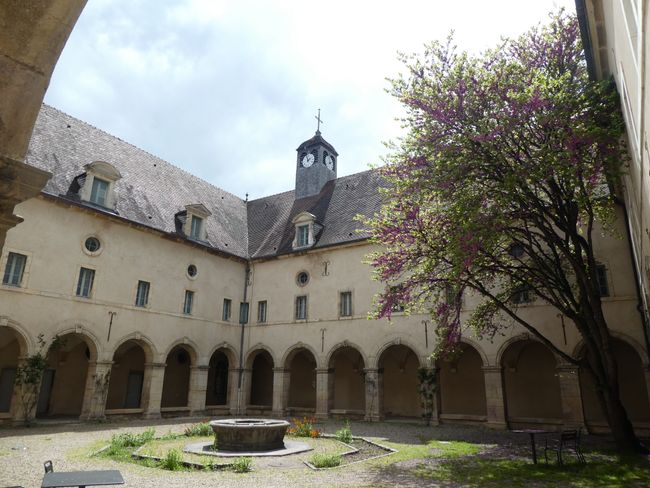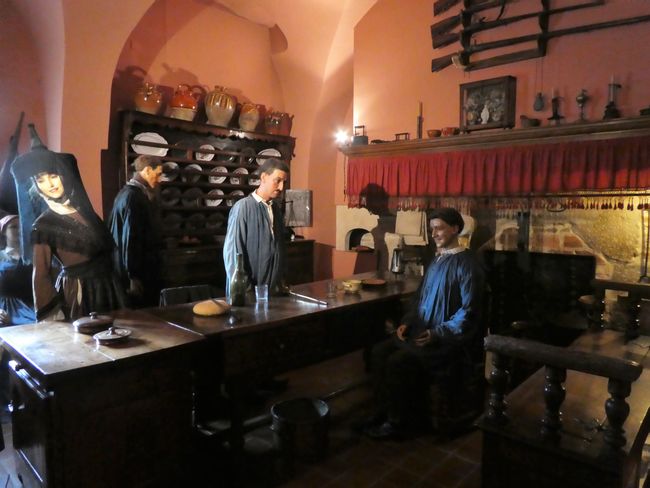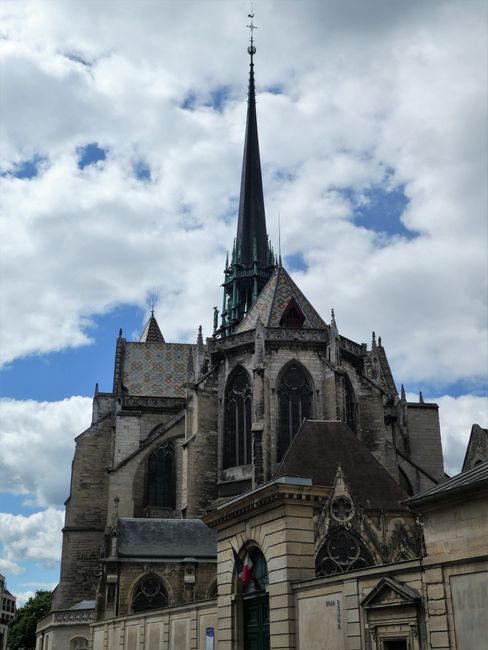Dijon (France Part 2)
פֿאַרעפֿנטלעכט: 05.05.2019
אַבאָנירן צו נעווסלעטטער
In Dijon, we got the 'Owl Walk' from the tourist information and then followed the arrows with owl pictures embedded in the ground to the main attractions of the city. We also found a little owl on the wall of the Notre-Dame church. It was being stroked by an Italian tour group, as it is believed to bring good luck...
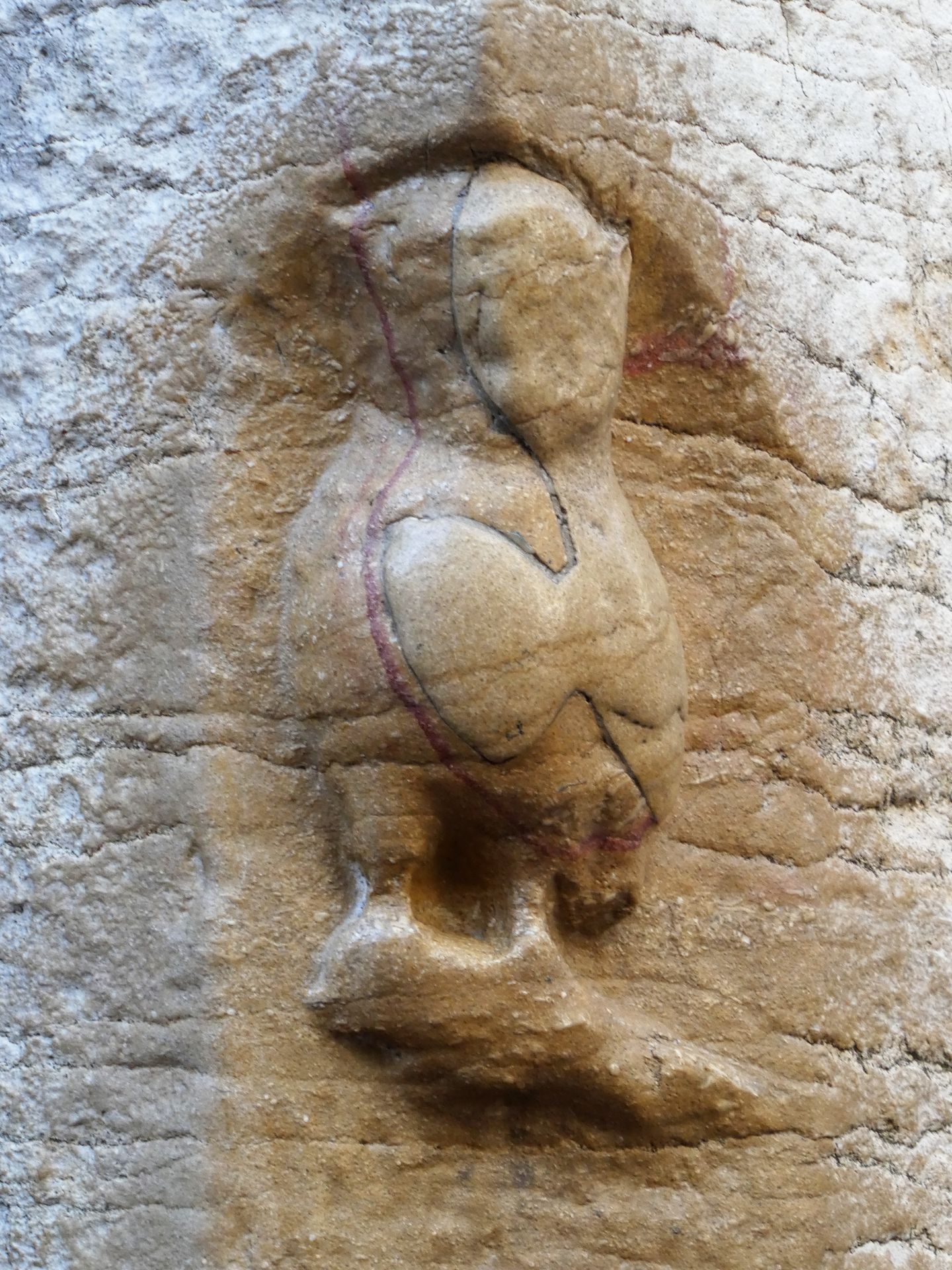
But our journey started at the Jardin Darcy, the city's first public park. At its entrance stands a polar bear, which also matched the temperatures of the day: with a feels-like temperature of 0°C and later on drizzling rain, we explored the city. At least we had our winter jackets with us...
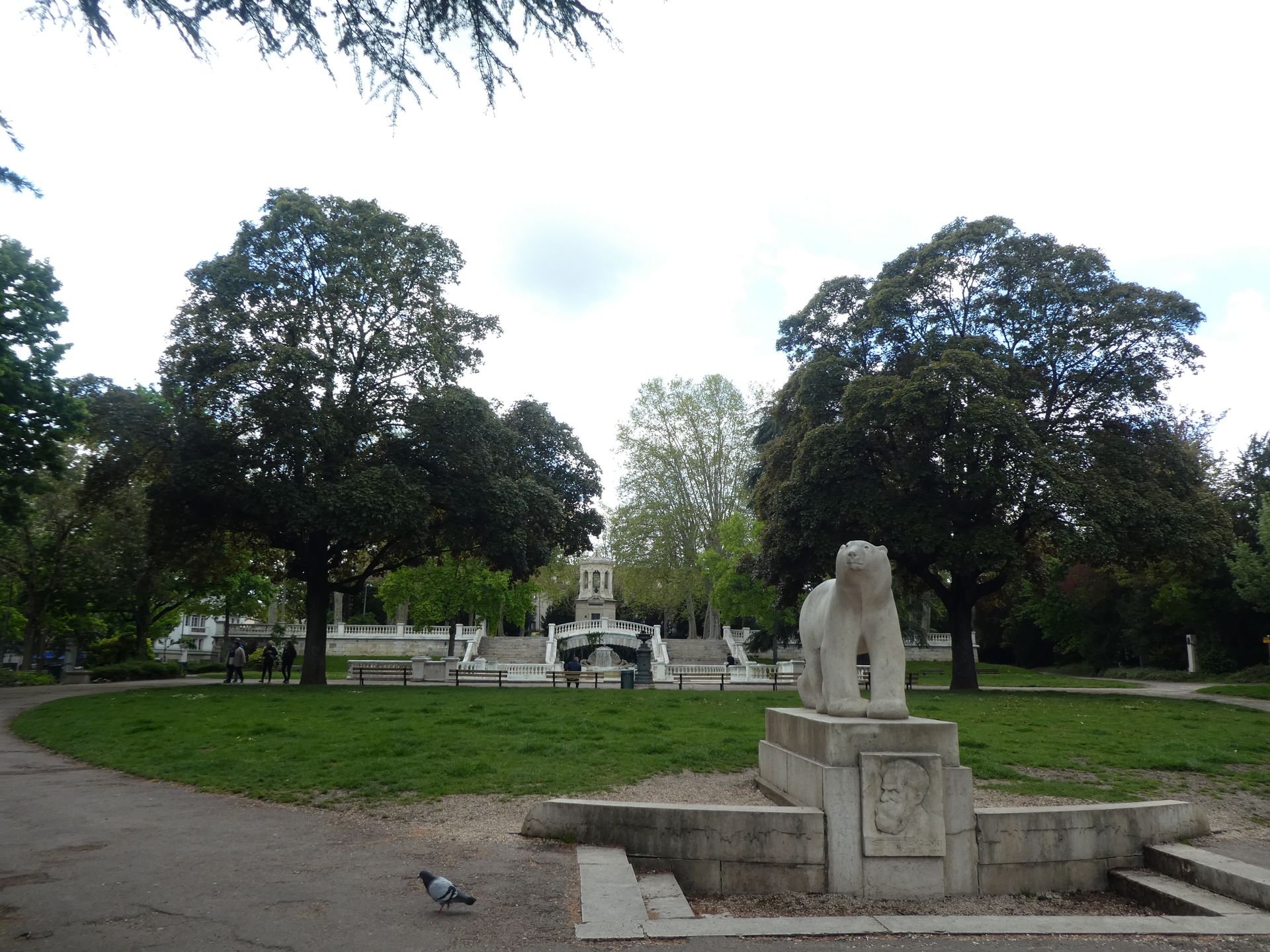
As so often, the old post office was a very beautiful building in the old town. It is located at Grangier Square, named after a couple who were honored not for a special achievement, but for a generous bequest they made to the city.
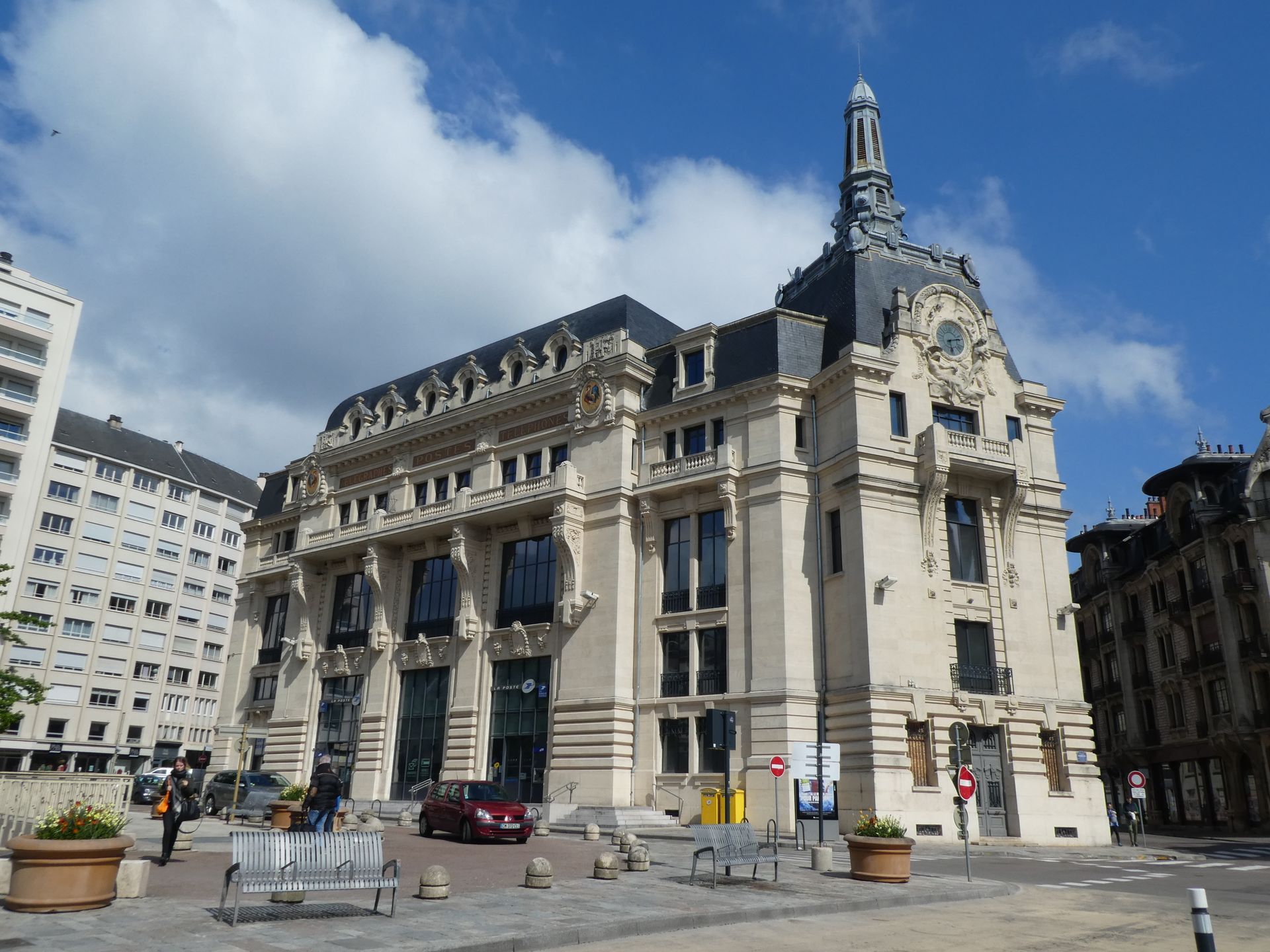
In the market halls 'Les Halles', there was nothing to buy today as we explored Dijon on a Sunday. But on market days, it is said to be bustling with activity.

Throughout the day, some shops in the city center opened where you can buy the typical gingerbread or mustard in all flavors. However, most stores remained closed.
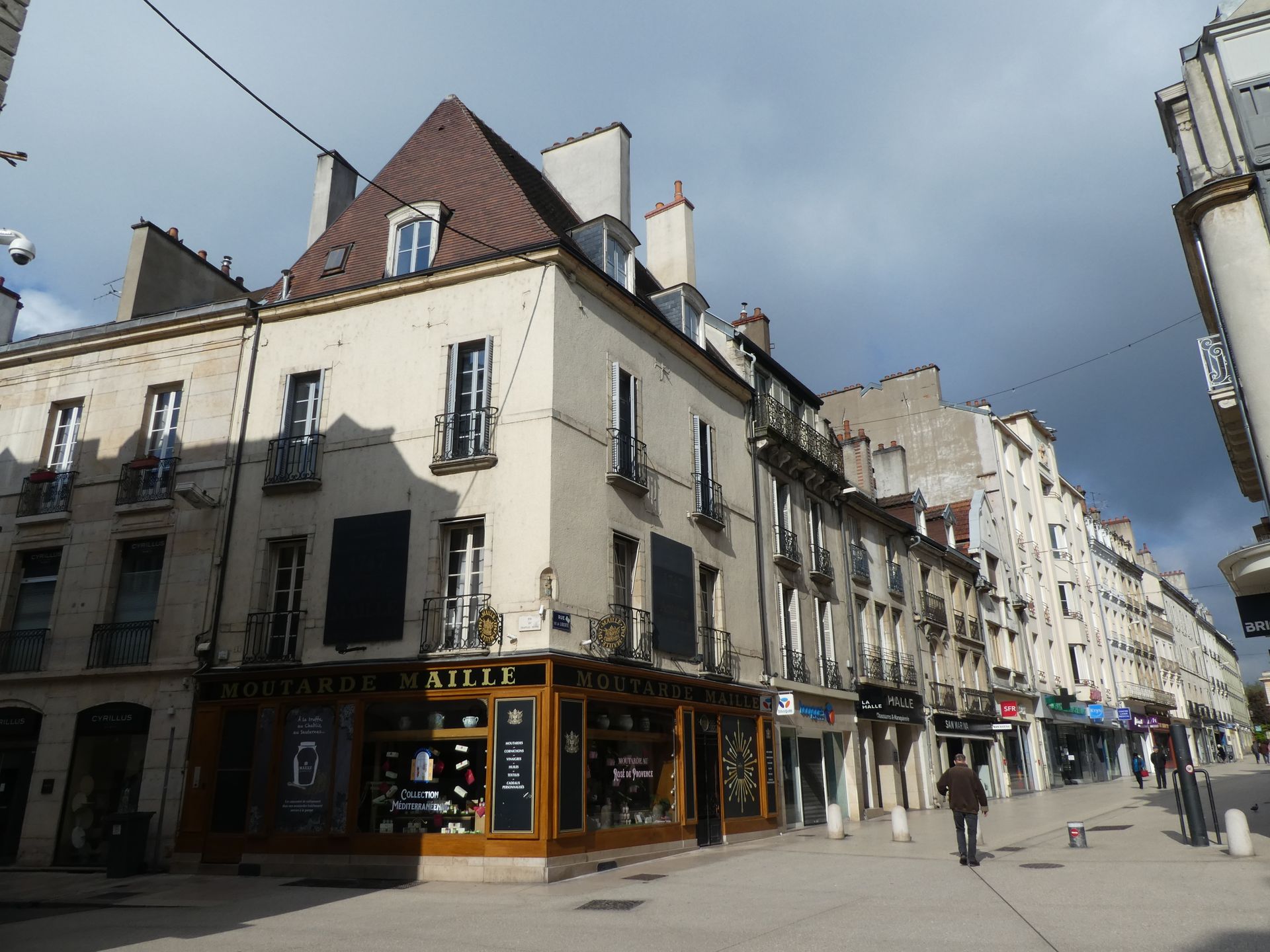
In the center of the old town, we saw the 13th century Notre-Dame church. Several rows of fake gargoyles adorn its facade. They were only reattached at the end of the 19th century. It is said that a groom was killed by a falling gargoyle, resulting in his colleagues campaigning for their removal.
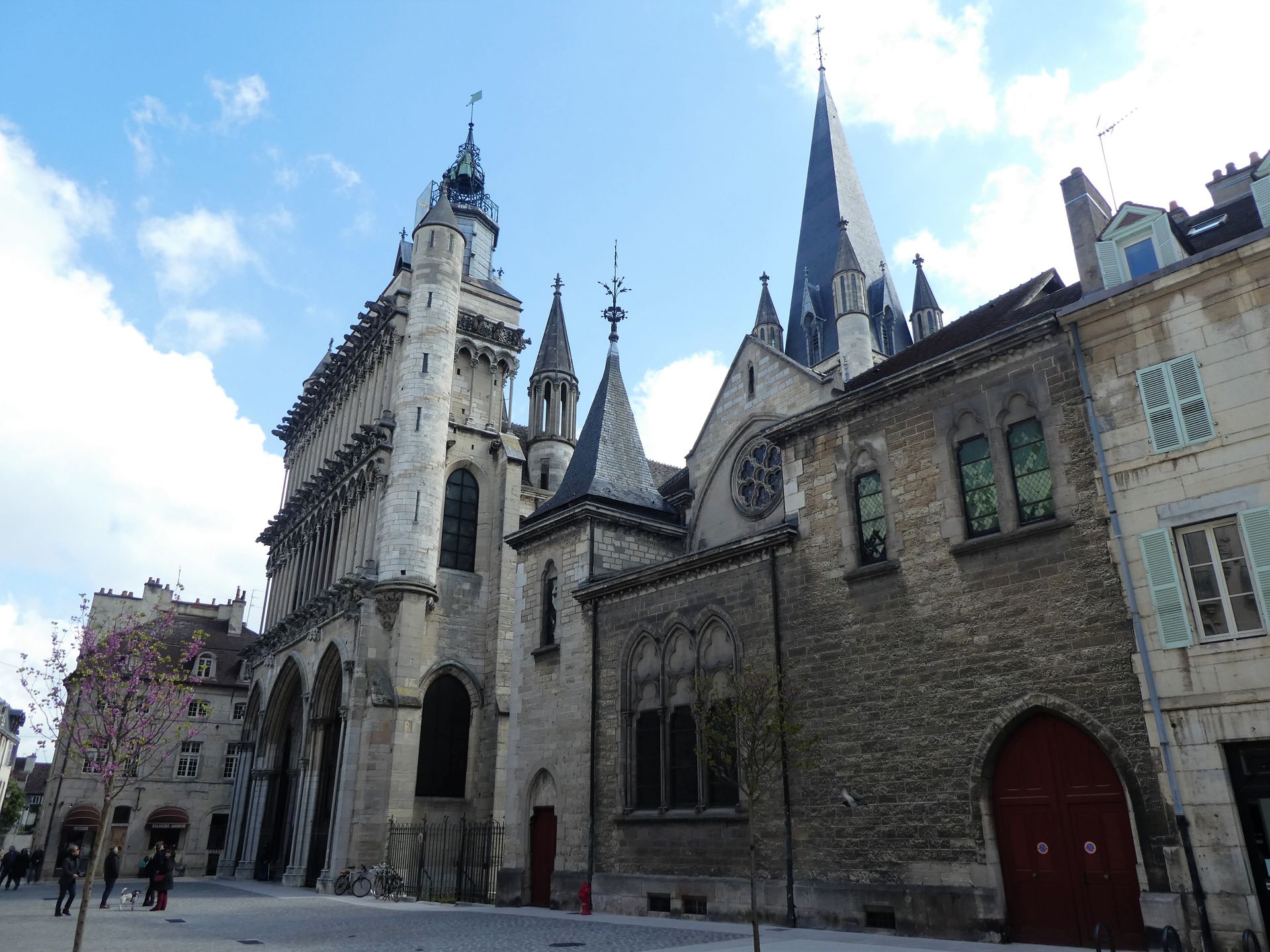
We followed an extension of the path through a craftsman and merchant quarter before returning to Place des Ducs.
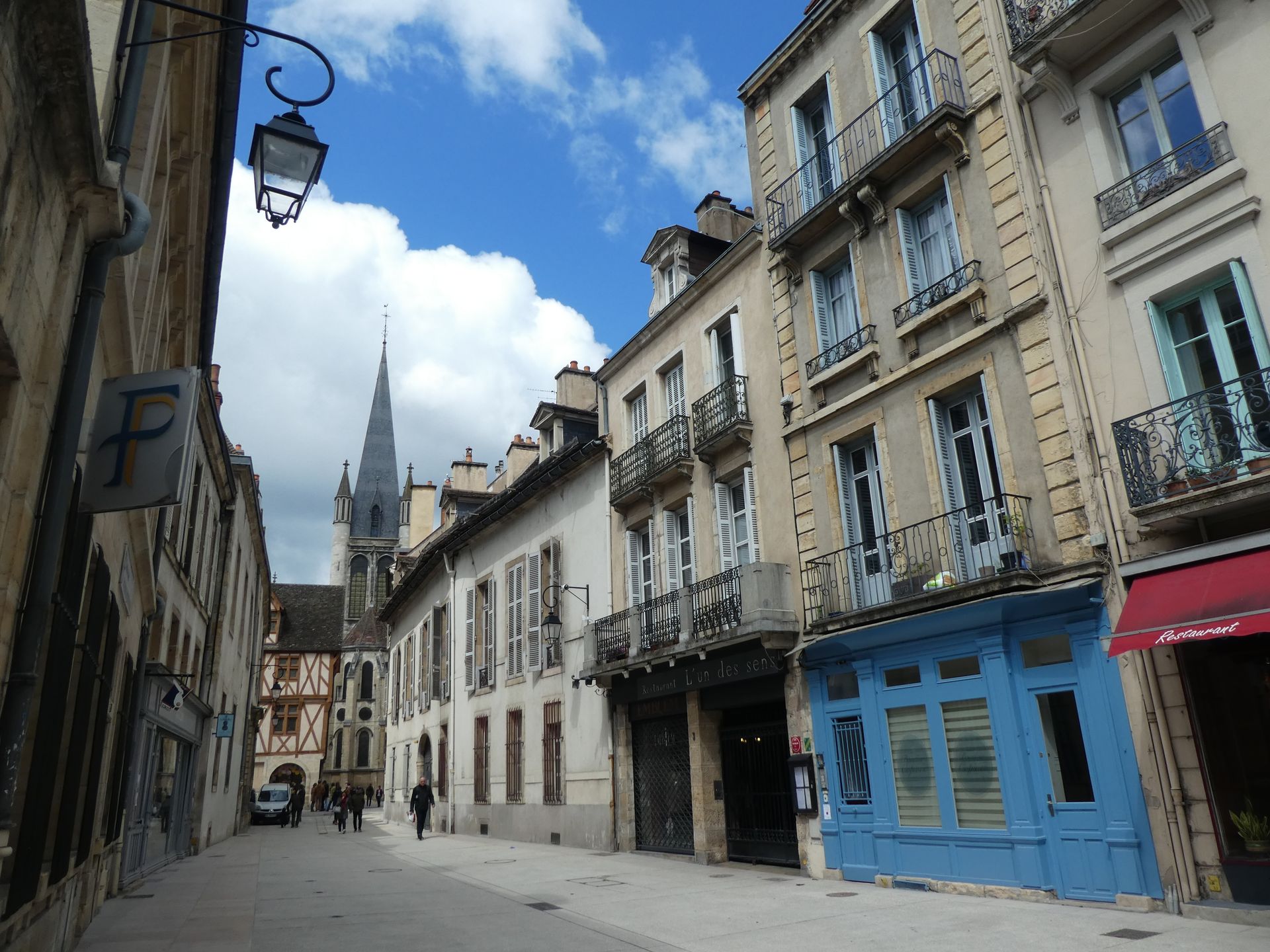
There, we saw the Palace of the Dukes of Burgundy from the outside only, and only the Hall of Gardens from the inside, as the art museum inside was closed for renovation work.

A bit further south, the former convent of the Bernadine nuns houses the Burgundian Heritage Museum.
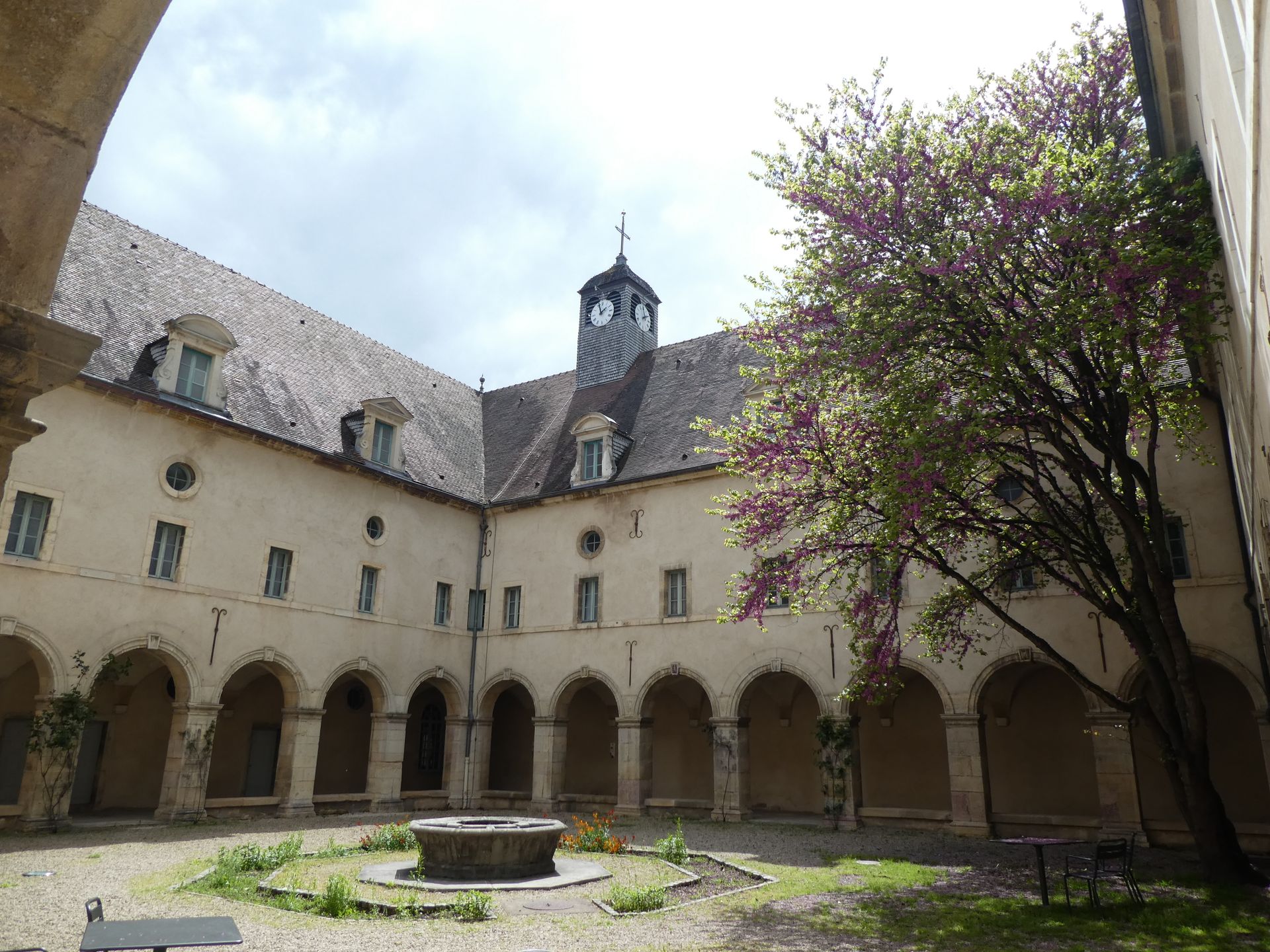
There, we could see an exhibition on rural and urban life in Burgundy in earlier times.
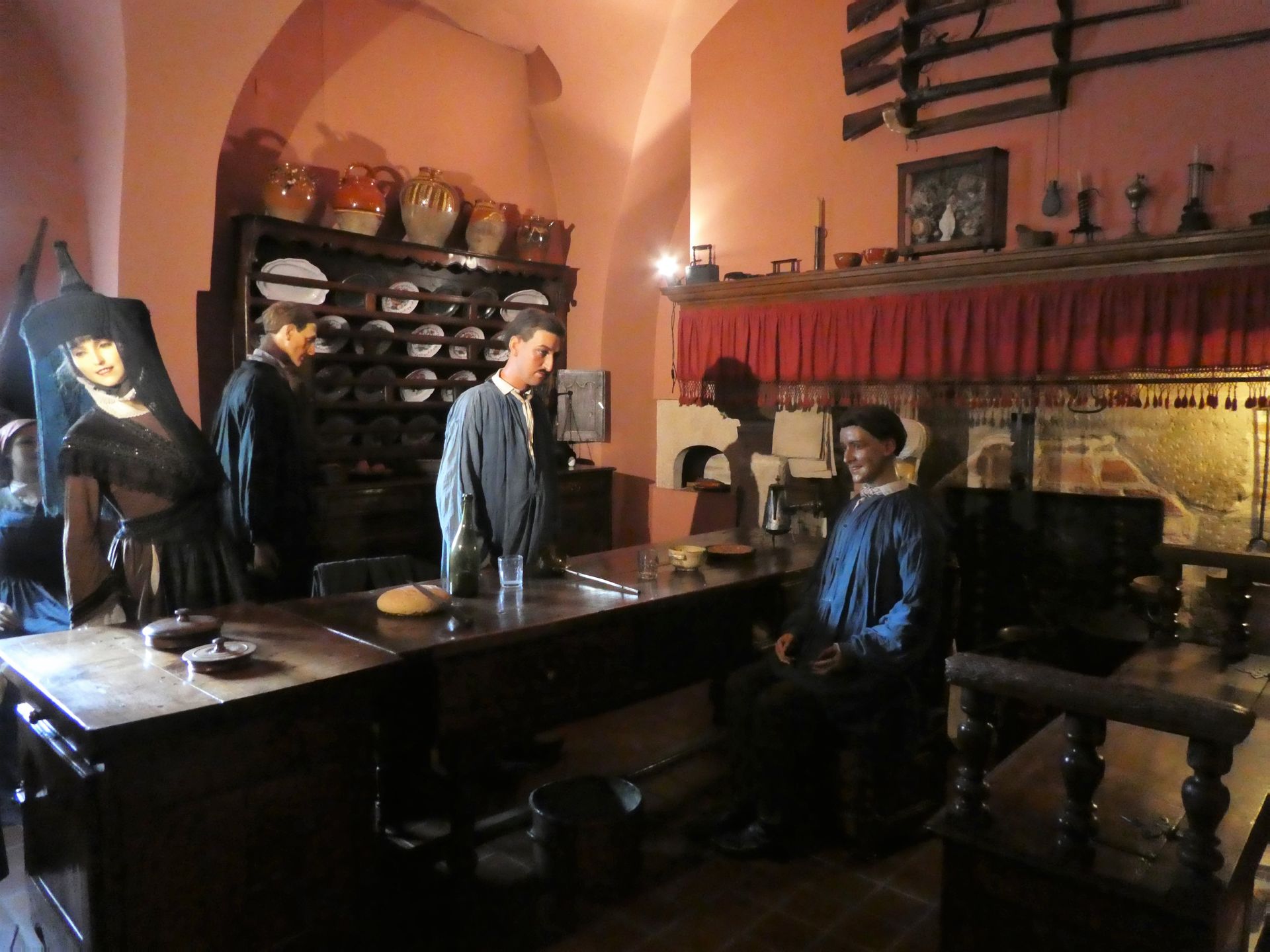
We passed by several churches (Dijon is also known as the city of 100 churches), although not all of them serve a sacred purpose today, before returning to our starting point.
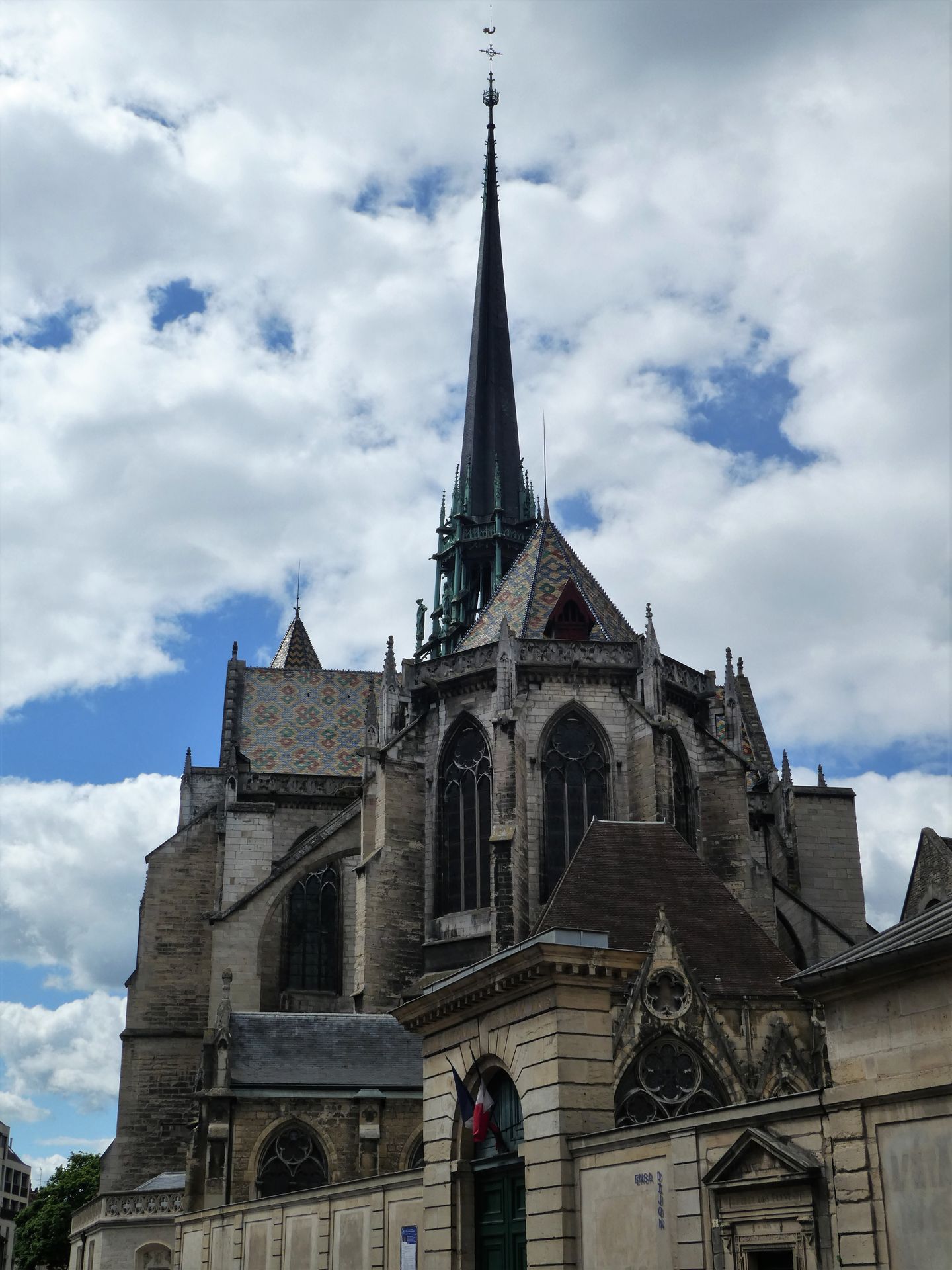
אַבאָנירן צו נעווסלעטטער
ענטפער
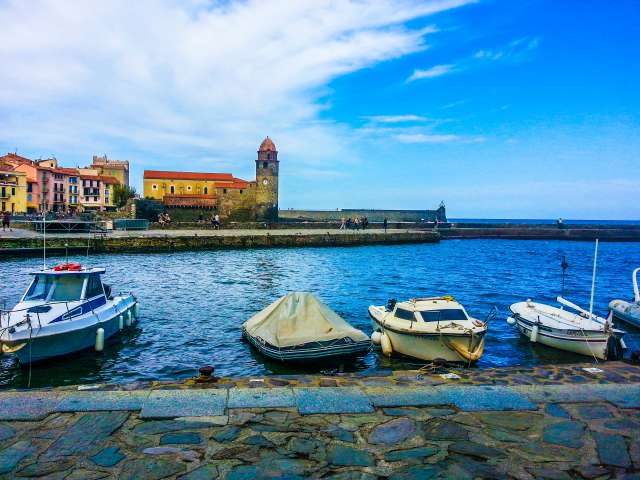
רייזע ריפּאָרץ פֿראַנקרייַך
